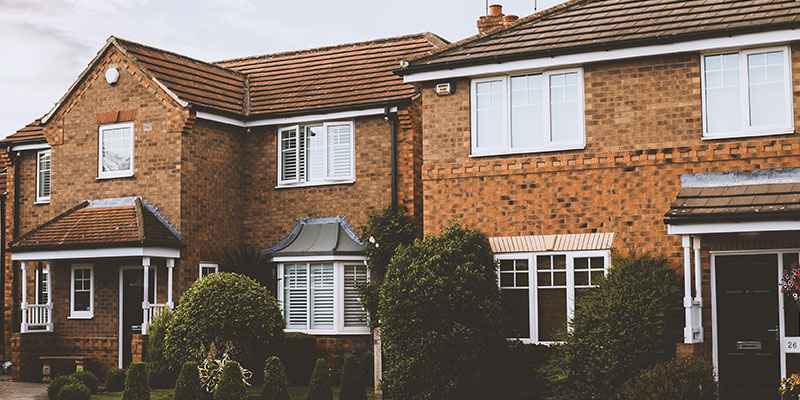
Saving Money & the Environment: The Advantages of Cavity Wall Insulation
Cavity wall insulation is the process of filling the gap between two walls (the cavity). This form of insulation concerns the exterior walls of properties. Most homes post-1920 have been constructed with a cavity wall due to its benefits.
This cavity area presents an ideal place to be filled up with quality insulation that can provide great benefits, both financially and for the environment. Your walls are a key area where heat typically escapes from, it accounts for around 33% of heat loss. Therefore, by filling this area up with sufficient insulation, you can heavily reduce your heat loss and enjoy the benefits of a well-insulated home.
The focal benefits of cavity wall insulation surround two key factors, saving money and saving the environment. This article sets out to discuss both of these advantages and to help explain why it can be such a great investment for your property.
Cavity Wall Insulation Saves You Money
As a homeowner, cutting overhead costs is more important now than ever. With the rise of energy bills, cutting these costs is one method that can help any household. So, how can insulating your cavity wall help?
1. Reduce Energy Bills
The concept is simple, when you insulate your cavity wall you reduce the amount of heat lost through these areas. By reducing your heat loss through your walls, your home then requires less energy to heat up. By using less energy, you save money on the heating of your property. Importantly, this also works in the summer months, as cavity wall insulation protects the heat from entering your home, allowing you to require less energy to cool your property down.
2. Improve Energy Efficiency
Across the year, cavity wall insulation improves your overall energy efficiency as your home can better regulate temperatures. Insulation is effective in both the winter and summer months, therefore, your annual energy consumption will be more efficient and more cost-effective.
3. Increase Property Value
Cavity wall insulation can be seen as an investment in many ways. One of which is the fact that it is considered a valuable home improvement and makes your property a better investment for potential future buyers. Therefore, not only do you save money from energy bills, but also from increasing the value of your home.
4. Fast Return on Investment
The ROI on cavity wall insulation can be from as little as 3 years, most likely less so now with the higher energy prices across the UK. Therefore, once your investment is paid off, you can start actually making it profitable with continuous savings for years to come.
Cavity Wall Insulation is Good for the Environment
Supporting our environment continues to become a more important factor every day. With more serious concerns over the longevity of the Earth’s sustainability, everyone needs to start doing more to sustain it for future generations. With efficient insulation, you can do just that.
1. Reduced Carbon Footprint
By insulating the space between your exterior walls you reduce the amount of heat escape. In doing so, you consume less energy which ultimately results in a smaller carbon footprint and less carbon emissions being released.
2. Lower Energy Demand
As a key place of energy escape, your walls can support the consumption of less energy every year. Across the 12 months, your overall energy demand is lower, and your home's carbon emissions output is greatly reduced.
3. Lower Reliance on Non-Renewable Energy Sources
Typically, most homes across England rely on non-renewable energy to heat and cool their homes. Gas is one example of this, but it’s something that can be heavily reduced with effective insulation installed in key areas of your home, such as the cavities in your walls. By becoming more sustainable, you reduce your carbon footprint and become more eco-friendly.
4. Reduce Waste
Cavity wall insulation is also a long-lasting solution, depending on the product you choose to insulate with. This reduces the need for maintenance and replacement and consumes any excess materials. Therefore, this long-lasting solution minimises any wastage, benefiting the environment.


